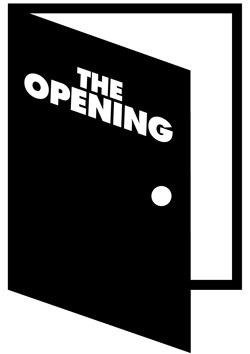 |
THE OPENING is all about introducing the fascinating, quirky and wonderful people working in and around the visual arts in Vancouver. Each week, we'll feature an artist, collective, curator or administrator to delve deep into who and what makes art happen! |
On December 15th, the work of more than a dozen artists will light up the screens of Vancouver’s oldest Internet café in this city’s first ever Speed Show. An exhibition format first conceived by Berlin-based artist Aram Barthol, the Speed Show was designed to be as accessible as the Internet itself - all you need to create this guerrilla gallery-like setting of your own is an internet cafe, some initiative, and of course, browser-based art. This DIY curatorial approach makes sense for the exponentially emerging genre broadly categorized as Internet or net art.
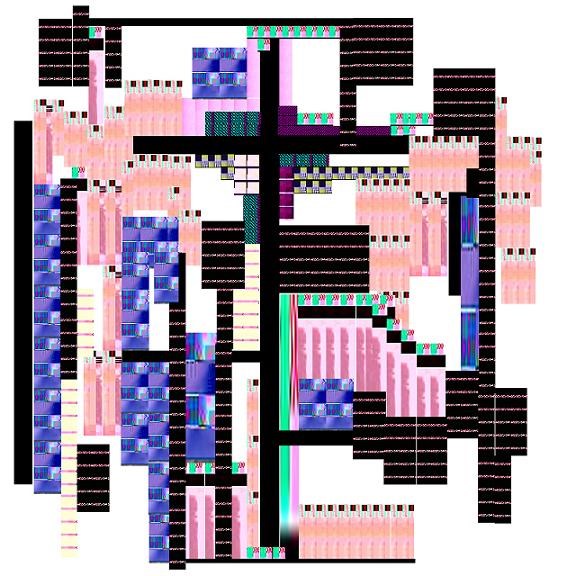 Digital collage composed of glitches from various altered JPEGS, Mel Paget
Digital collage composed of glitches from various altered JPEGS, Mel Paget
The emphasis is on the art works themselves certainly, which must be online and displayed live to show-goers in real time; but there is also an underlying theme of subversion inherent within the Internet art movement, that relies on the experiential and performative aspects of appropriating a public space for the purposes of art-sharing - an irresistible combination to Internet artists and their fans. There have been over 30 Speed Shows all over the world since Barthol's first in Berlin in June of last year. I met with Aureliano Segundo, the curator behind Vancouver's first and Canada's second ever Speed Show, and Aaron Chan, a Vancouver artist whose work in various forms of net art is gaining an international following, to discuss this intriguing, multi-layered, often tongue-in-cheek frontier in art.
Aureliano and Aaron met through work years ago, but came together again through an online image chat network after mutually admiring one another's posting style and humour. Image chat networks, like dump.fm are where you can instantaneously respond to or manipulate an image or text posted by another user and post it up for other users to see, who may then do the same with yours. This human centipede-like mechanism of instant creation is one of the ways by which Internet artists like Aureliano and Aaron often give creative birth to the kinds of internet memes we’re familiar with today. But Internet art is so much more than just clever and funny remixes of popular cultural ethos, as Aureliano (AS) and Aaron (AC) explain.
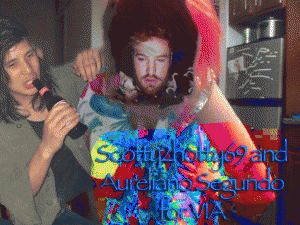
Avatars, by Aureliano Segundo for VIA
What is the main purpose of the Speed Show?
AS: First and foremost is to just display art. There’s not a lot of opportunity for people who do art on computers to let other people see it other than just say, "Go look at my website." There are no institutions that exist for that. Of about the 30 speed shows that have happened in the world 15-20 have been in New York and Berlin, which is just the way it goes.
AC: What’s interesting is that it’s a worldwide phenomenon, but it hasn’t really mobilized so much in Canada. When you talk about New York, there are shows like this very frequently, but here not so much yet. It’s funny because a lot of people from Vancouver are showing in bigger, well-known venues there, even though we ourselves have never had a show here. Just goes to show the power of the internet.
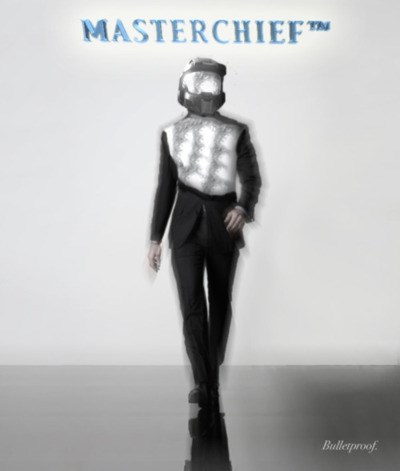 JPEG - meatblog, by Aureliano Segundo
JPEG - meatblog, by Aureliano Segundo
As an emerging art form, what are some of the issues you see Internet art facing?
AC: A lot of internet artists are generalized into a single group and labeled as 'new media artists.' But there’s such a range of totally different practices, like circuit bending, hacking, and specifically making animated gifs. There might be some relationship in the end product to the aesthetics of these different ways of creating Internet art, but they are distinct. It is kind of hard to define and up for debate at this point.
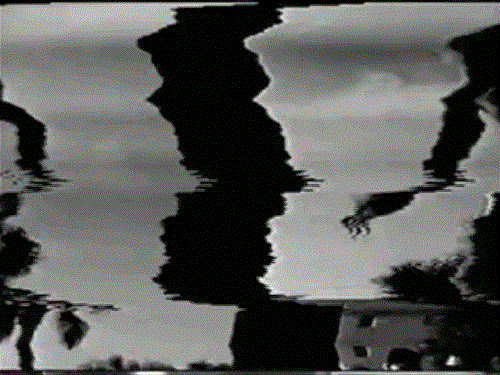
GIF - SCOTTY 2 HOTTY 69, by Aaron Chan
That ambiguity is maybe what is so attractive about Internet art. It’s exciting because everything is still up for debate. There doesn't seem to be a set criteria.
AS: Well the criteria are there, just somewhat implicit. It has to be totally browser-based. You can have it on a file, but it has to be on a server somewhere, it has to be able to come up through like, an HTML command. It's growing, but it's not mainstream yet, so yeah, a lot of people are out there creating things, and there are a lot of people out there trying to invent names for what you should call someone that does art on the internet. The main one being Net artist. Or you could call someone a YIBA (young, internet-based artist, pronounced [yee-bah]), Internet aware - there are all kinds of interesting labels.
Do you remember a time before Internet? When you were not 'Internet aware'?
AS: No. Not actively. Maybe when I was 5. I’m 23 now.
AC: I do remember a time before internet. I’m old enough and lucky enough to have seen the transition and feel the difference between people who see the internet as real and people who don’t, as well as the evolution of the actual physical look of the internet too. Back then it took real know-how to get a home page up... now it’s very formatted. Myspace, Facebook, Blogspot, etc., set everything up for you. I sometimes post on a website called internet archeology, where we try to find artifacts from the past in Internet culture. It’s cool, but it’s also scary thinking about people that are born now, who don’t know what it was like before all this changed.
AS: I think the biggest difference from my perspective is that for me the Internet is totally real. There’s nothing non-real about it. I think for people who witnessed the change it was so huge that it was hard for them to accept it all. It’s too fast. But when you press A, that signal really is going somewhere, in the physical world. I think it’s not a new thing though, this initial transition period where there is that difficulty and a level of apprehension and suspicion.
What is it about the Internet that is most compelling to you?
AS: I guess there's something rewarding about interacting with people. You can interact with someone on the internet at almost any given time. And they don’t have to be right beside you.
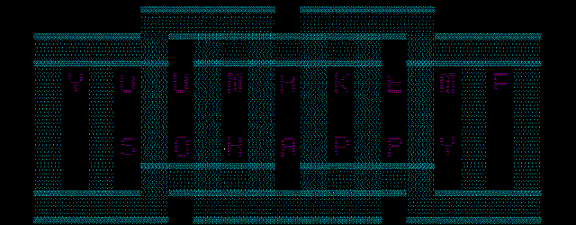
You Make Me So Happy, X-Icon image, Nicholas Sassoon
So it affords us intimacy, but intimacy light, without baggage or commitment.
AC: Yeah. Sometimes you just want to crack a joke. You don’t always want somebody hanging out in your apartment right next to you.
I recently read an old article in The New Yorker about Andrey Ternovskiy, the then eighteen-year old Russian kid who invented Chatroulette. It describes at length how most of his relationships, apart from his family, were online with people he’d never met, whom he considered his closest friends.
AC: Yeah, that makes sense. I think the average person fits into the demographic of people using the internet at a basic consumer level, where they accept programs and software as packaged for them, using available online tools to do the things they need to do - social network, blog, etc. But there’s also this huge culture that wants to go around that and create art through that process of going against the grain, and not just within the confines of what's presented to them. I think it's just a matter of realizing what's out there and what's possible. That's what's compelling, I think, to Internet artists.
AS: Aaron does that. He goes directly into the code in his degradation art.
What does degradation art entail? Could you explain your art a bit?
AC: Some stuff I’ve done involves degradation of digital media, sort of breaking it down and exposing glitches in it. Like some MPEG files, if you save them in a certain way, certain colours will show up, and I source out this sort of thing for my art.
AS: I don’t think it takes a lot of knowledge beyond the consumer level to start doing some really interesting and creative things. Some of the people in the show have only very rudimentary skills as programmers or web developers and yet they are still creating these interesting and novel things. Up until now, if you wanted to learn how to do something technical like that it was only for a commercial need. But I think even with just a small kernel of knowledge you can start doing really beautiful, interesting things. The most basic thing on the internet you could do is make a website. I think with 95% of people, if you said “Make a website,” even if they knew HTML, I don’t think they could make one. I don’t think most people know how to upload to a server, which is extremely simple - you just press a button and it’s up there. Once you can do that a whole new world of things you can do opens up to you. And you realize that creating a webpage is the most basic thing you can do. There are millions of other things possible and no one is using the internet like that now except for a very small population.
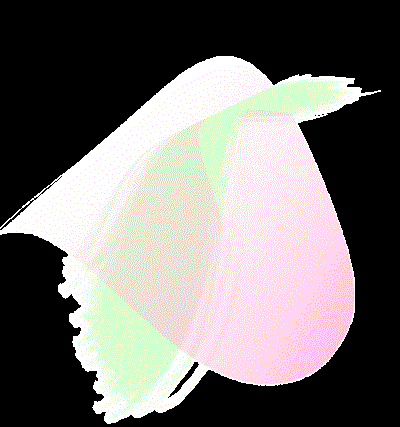
Sensual Objects, Chris Timms via Meatblog
AC: It seems to be growing. I didn’t even know about the Net art movement. I just fell into it through Tumblr.
AS: Tumblr is this really great cesspool of creative people. It’s a great way of connecting people that probably should be connected together.
What do you think about Tumblr? Is everyone a curator?
AS: In a sense everyone is a curator, but most people are shitty curators. An important part of the job in curating is contextualizing what’s going on within the traditional gallery format, and Tumblr’s about no context: People don’t link back properly to the sources of what they're reblogging. So yeah, in a crude sense, I guess you’re ‘curating’ on Tumblr because you’re selecting images, but you’re not necessarily a curator.
And what about the Internet and Internet art’s relation to politics? The Speed Show website says it’s being occupied. Is activism important to your work?
That's sort of a joke. I support the Occupy movement, but the gifs at the bottom of the page and everything are all supposed to make it light and funny. I think that’s the way people make arguments in Internet art. We are tired of being whiny and taking pictures of people in third world countries and saying, "Isn’t that sad." I think if you want to get an argument across about what the world should be like you should do it in a funny way. It doesn’t put people on the offensive. If an art piece is designed to be offensive, they’re going to be like, "F--- you," but if you make them laugh, they’re more likely to listen to what you’re saying. A traditional Venn diagram of this would have been art then activism as separate entities, and then comedy way over there; the latter hasn’t usually been involved in either art or activism. What’s great about net art is that it heavily involves comedy, which I think is a great rhetorical tool.
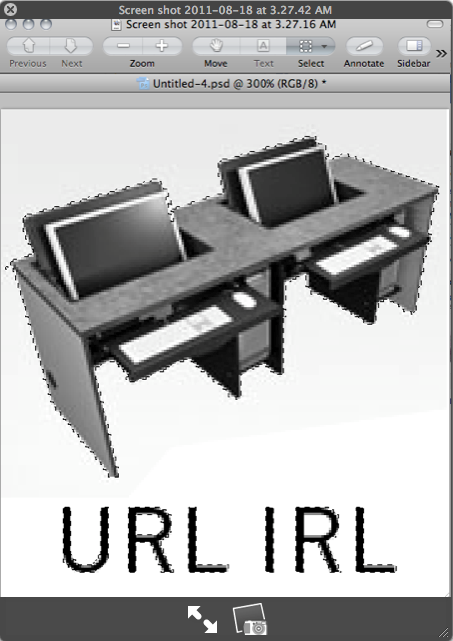
Poster for URL IRL show at galerie coatcheck
What is Internet art’s relation to the art world at large? Does it want to remain peripheral, away from the commercial side of it all?
AS: There's a big argument that’s going on between the big figureheads in criticism about this. Do we want mainstream art to bring us in, or do we want to keep some of the good that goes along with remaining on the periphery? I think it was 2009 when Time magazine opened up voting for the most influential person of the year, and 4chan took that over and voted for moot, their moderator, as number one, and the next 20-something people on the list were initials that spelled out a secret message that you had to be a member of 4chan to ‘get.' And that’s a powerful, beautiful and crazy thing. I don’t think you could achieve that from behind the gallery’s white walls. But at the same time you want recognition for all the work that people like Aaron are doing. I think this tension is a big part of Net art in general – one-half mocking, and one-half really wanting whatever it is that you’re mocking. You’ve actually done a lot of real exhibits though, Aaron.
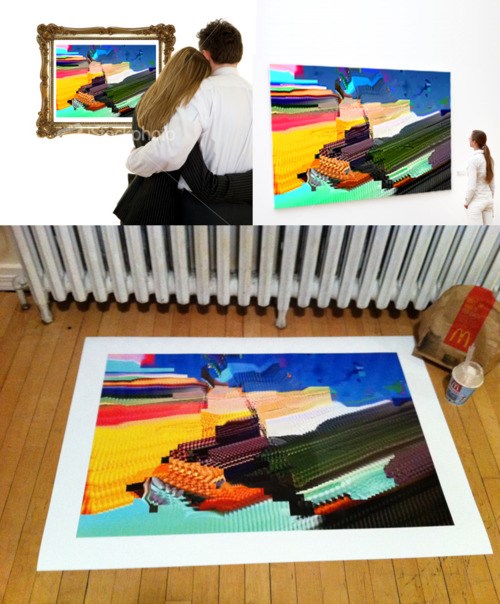
SCOTTY2HOTTY69 print, Aaron Chan
AC: Yeah I guess so. I guess now, it’s just starting too. I mean it started with Tumblr and video editing. That’s my self-taught background and it’s all I really knew. I moved from there, playing with effects, and that led to creating stuff that was more 'art-y', or in that context. I just did the art and branding for Dazed and Confused magazine and that led to a commercial music video. I just fell into it though. I’m not a classically trained artist, I just enjoyed video editing, messing around with that, and then put some stuff I made into a different context. I had it up so people could share. It generated a response, which eventually led to becoming somewhat legitimized in the classic gallery space.
Is there a theme for the Vancouver Speed Show?
AS: It’s all Canadians save one, and they are all prominent YIBAs that have shown in major galleries and museums internationally.
Is that legitimization through major institutions important for Internet art?
AS: I think a lot of the people who do Internet art are people who do want to be professional artists. Ideally, I don’t think Internet art should be in a gallery. I mean, when you are at home and you look at images on your computer, the gallery is essentially every computer in the world. But, you can’t put that on your CV. And if you don’t have x number of shows per year on your CV, people will laugh you away from what you apply for. Other guerrilla types of art, like say graffiti - the audience isn’t necessarily in art mode when observing the work. But placed in such a context people will see it and take it in differently. So in that respect yes, some degree of recognition is desirable, but for now, the Speed Show we’re doing is casual and meant to showcase the works of select artists in an informal non-gallery space.
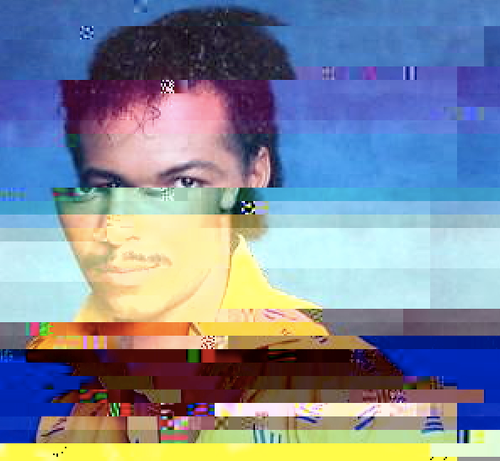 JPEG - SCOTTY2HOTTY69, by Aaron Chan
JPEG - SCOTTY2HOTTY69, by Aaron Chan
The Vancouver Speed Show will take place at Someone Special Internet Cafe, 616 Seymour Street on December 15th, 2011 from 6-10pm. Participating artists are: Jeremey Bailey, Simon Baker, Aaron Chan, Lucy Chinen, Patrick Cruz, Julian Garcia, Emilie Gervaise, Matt Goerzen, Jeffrey Henderson, Joanna Lie, Janine O'Neil, Mel Paget, Jon Rafman, Freida Ray-Green, Robin Ripley, Nicolas Sassoon, Chris Shier, and Mathew Williamson.
Links:


